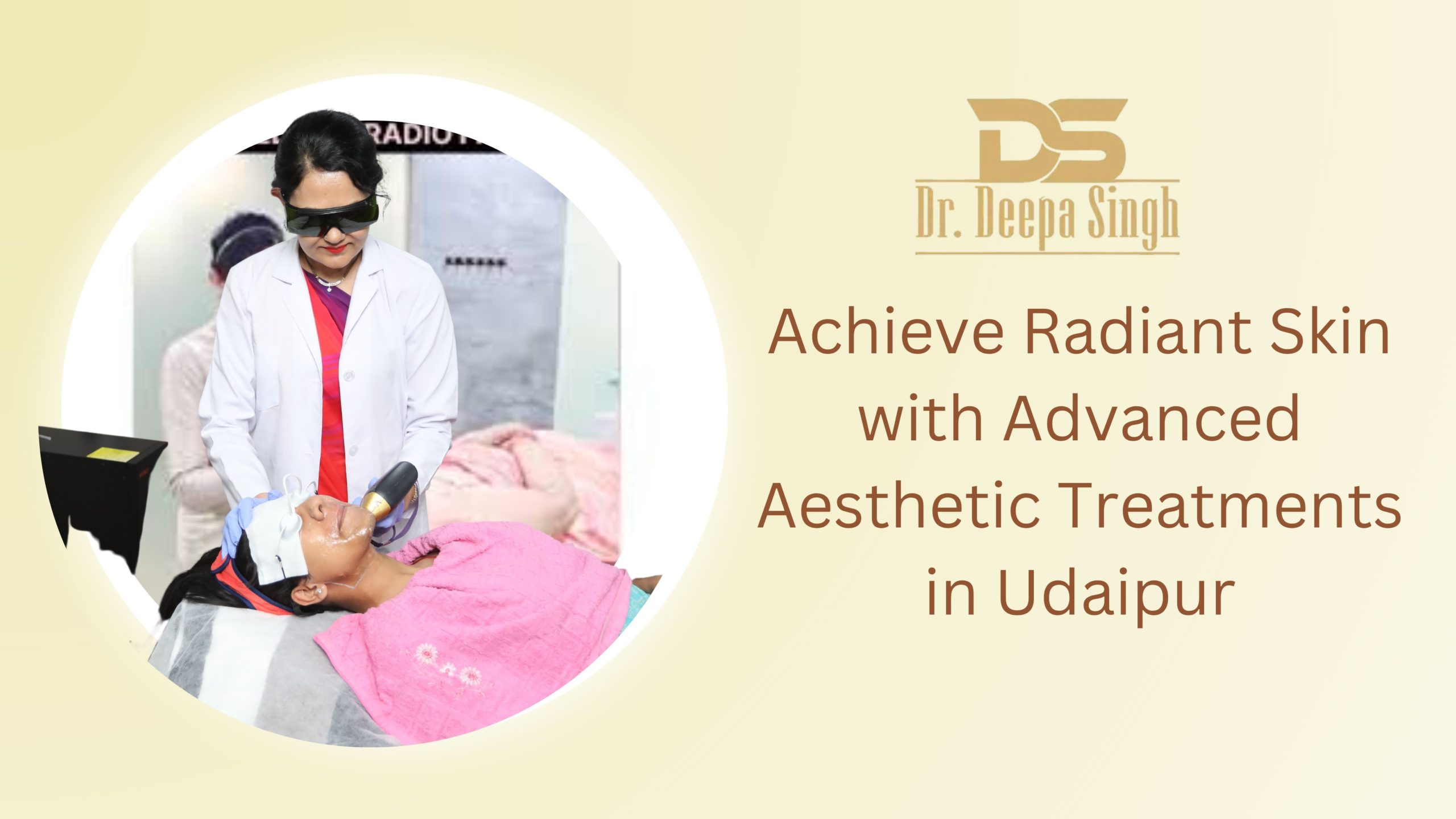In the quest for youthful, radiant skin, PRP treatment for face, commonly known as the “vampire facial,” has emerged as a revolutionary approach. This innovative procedure leverages the body’s own healing mechanisms, using platelets from the patient’s blood plasma to rejuvenate the skin. Its rising popularity is a testament to the growing desire for non-surgical cosmetic solutions that offer notable results with minimal downtime. By harnessing the power of one’s blood, PRP face treatment promises a natural yet effective means to combat signs of aging and restore skin vitality. This blog will delve into the intricacies of PRP treatment for skin, offering readers a comprehensive understanding of how this cutting-edge procedure works to revitalize facial appearance.
From the science behind PRP skin treatment to its application, benefits, and limitations, the coverage will equip individuals with the knowledge they need to make informed decisions about pursuing PRP treatment for face rejuvenation. By unfolding the procedural details and shedding light on the expected outcomes and potential side effects, this exploration aims to demystify the process, enabling a clearer perspective on what PRP facial entails
Understanding PRP Treatment
Platelet-rich plasma (PRP) is a concentrated solution derived from the patient’s own blood that contains a high concentration of platelets. It is obtained through a process where a small amount of the patient’s blood is drawn, and the platelet-rich plasma is separated from the other blood components using a centrifuge.
What is PRP?
PRP contains a high concentration of platelets, which are known for their crucial role in the body’s natural healing process. Platelets are rich in growth factors and active proteins that promote tissue repair and regeneration. When injected into the skin, PRP stimulates the production of collagen and elastin, which are essential for maintaining skin elasticity and firmness.
How PRP Works
The mechanism of action of PRP involves three distinct phases:
- Inflammation Phase: The injection of PRP triggers an inflammatory response, leading to the recruitment of macrophage cells to the area. These cells help clean up debris and damaged tissue, increasing blood flow to the treated area.
- Proliferation Phase: During this phase, fibroblasts (repair cells) gather at the injection sites and begin to multiply, producing collagen and other essential components for tissue regeneration over a period of four to six weeks.
- Remodeling Phase: In the final phase, the newly formed tissue continues to mature and remodel over one to three years, leading to gradual improvements in the treated area.

History and Development
The concept of PRP originated in the field of hematology, where it was initially used as a transfusion product to treat patients with thrombocytopenia (low platelet count) in the 1970s. In the following decades, PRP found applications in various medical fields, including maxillofacial surgery, orthopedics, and dentistry. The use of PRP in cosmetic dermatology began around 2010 or earlier, with promising results in improving skin hydration, elasticity, and overall appearance. Since then, PRP has gained popularity as a non-surgical treatment for facial rejuvenation, hair loss, and other aesthetic concerns.
The Science Behind PRP for Face Rejuvenation
PRP treatment for face rejuvenation works by leveraging the body’s natural healing mechanisms. The science behind this procedure involves the following key aspects:
Biological Mechanism
PRP stimulates the production of collagen and elastin, which are essential for maintaining skin elasticity and firmness. The mechanism of action involves three distinct phases:
- Inflammation Phase: The injection of PRP triggers an inflammatory response, leading to the recruitment of macrophage cells to the area. These cells help clean up debris and damaged tissue, increasing blood flow to the treated area.
- Proliferation Phase: During this phase, fibroblasts (repair cells) gather at the injection sites and begin to multiply, producing collagen and other essential components for tissue regeneration over a period of four to six weeks.
- Remodeling Phase: In the final phase, the newly formed tissue continues to mature and remodel over one to three years, leading to gradual improvements in the treated area.
Role of Platelets and Growth Factors
Platelets play a crucial role in the effectiveness of PRP treatment. PRP contains a high concentration of platelets, which are rich in growth factors and active proteins that promote tissue repair and regeneration.
These growth factors, including platelet-derived growth factor (PDGF), transforming growth factor-beta (TGF-β), vascular endothelial growth factor (VEGF), and insulin-like growth factor-1 (IGF-1), stimulate collagen synthesis, angiogenesis (formation of new blood vessels), and possess anti-inflammatory and immune- modulatory properties.
PRP also contains cell adhesion proteins, such as cellulose, fibronectin, and vitronectin, that may help keep skin smooth and tight. Additionally, the growth factors in PRP play a role in reducing the rate of aging by restoring declining DNA synthesis, resisting cell death, and enhancing gene expression for tissue repair.
Furthermore, PRP has been shown to inhibit UV-induced matrix metalloproteinase-1 (MMP-1) and tyrosinase upregulation, which are important molecules in promoting skin photoaging. PRP also induces the expression of fibrillin and tropoelastin, factors that improve skin elasticity.
Procedure and Application
Preparation and Extraction
PRP is obtained from a sample of the patient’s blood drawn at the time of treatment. A typical blood draw of 30 cc can yield 3-5 cc of PRP, depending on the individual’s baseline platelet count, the device used, and the technique employed. The blood is drawn with the addition of an anticoagulant, such as citrate dextrose A, to prevent premature platelet activation.
PRP Method:
- Whole blood (WB) is obtained by venipuncture in acid citrate dextrose (ACD) tubes.
- The blood is centrifuged using a ‘soft’ spin.
- The supernatant plasma containing platelets is transferred to another sterile tube.
- This tube is centrifuged at a higher speed (a ‘hard’ spin) to obtain a platelet concentrate.
- The lower 1/3rd is PRP, and the upper 2/3rd is platelet-poor plasma (PPP).
- Platelet pellets form at the bottom of the tube.
- The PPP is removed, and the platelet pellets are suspended in a minimal quantity of plasma (2-4 mL) by gently shaking the tube.
Buffy Coat Method:
- WB is stored at 20°C to 24°C before centrifugation.
- WB is centrifuged at a ‘high’ speed, forming three layers: the bottom layer of red blood cells (RBCs), the middle layer of platelets and white blood cells (WBCs), and the top PPP layer.
- The supernatant plasma is removed from the top.
- The buffy-coat layer (containing platelets and WBCs) is transferred to another sterile tube.
- This tube is centrifuged at a low speed to separate WBCs, or a leucocyte filtration filter is used.
Application Methods
For facial PRP treatments, the necessary blood is extracted from the patient through an intravenous (IV) line. The extracted blood is then placed into a centrifuge to separate the PRP before reinjecting it into the treatment area of the face and neck. In the case of hair loss treatment, PRP injections are administered directly into the targeted areas, with the patient experiencing tiny pinpricks on the skin during the injection process.
Post-Treatment Process
There is typically no required downtime after PRP treatments, allowing patients to return to work or their regular activities immediately. However, some soreness or swelling may occur at the injection sites, which can be managed with recommendations from the healthcare provider.
Patients are advised to stay hydrated and consult with their healthcare provider regarding any medications they are taking before resuming them. In the days following the treatment, improvements in the treated area, such as reduced reddening and tenderness, may become noticeable.
Patients are encouraged to ask questions during the procedure to better understand the process. While immediate skin plumping may be observed, the full results of the PRP facial treatment typically become evident within 2-3 weeks, often manifesting as a brighter complexion and a radiant glow. Hair growth, on the other hand, may take several weeks to become noticeable, and additional treatments may be required.
Specific instructions are provided by the healthcare provider based on the patient’s needs and the treatment plan. These may include avoiding caffeine and alcohol products leading up to the procedure, protecting the injection sites from bacteria, chemicals, and lotions, and refraining from activities that could limit healing,
Benefits and Limitations
Skin Rejuvenation Effects
PRP treatment for face rejuvenation offers several benefits, including:
- Reduction of fine lines and wrinkles
- Visibly smaller pores
- Improved appearance of scars
- Decrease in hyperpigmentation
- Improvement in skin texture and quality
- Increased skin firmness and reduced redness
The results of PRP therapy are long-lasting, with effects lasting up to 3 years. While the healing process starts immediately, the average patient will see results within 3 weeks. Researchers have found that most patients who get results have 3 or more treatments, suggesting that multiple sessions may be required for optimal outcomes.
PRP contains various growth factors, including platelet-derived growth factor (PDGF), transforming growth factor-beta (TGF-β), vascular endothelial growth factor (VEGF), and insulin-like growth factor-1 (IGF-1), which stimulate collagen synthesis, angiogenesis, and possess anti-inflammatory and immune-modulatory properties.
Patient Suitability and Limitations
While PRP is considered safe for most people, it may not be recommended for individuals with certain medical conditions, such as:
- Hepatitis C
- HIV or AIDS
- Any type of blood cancer
- Cardiovascular disease requiring blood thinners
- Skin cancer in the area to be treated
Conclusion
Throughout this exploration of PRP treatment for facial rejuvenation, we’ve delved into how this innovative approach harnesses the body’s own healing mechanisms to offer a natural yet effective means of enhancing skin vitality and diminishing the signs of aging. The science behind PRP’s ability to stimulate collagen and elastin production, guided by the body’s inherent regenerative processes, underscores its potential as a compelling alternative to surgical cosmetic procedures. By understanding both the procedure involved and the biological mechanisms at play, individuals can make informed decisions about pursuing PRP treatments for improving their skin’s appearance, grounded in a comprehensive appreciation of its benefits and limitations.
The significance of PRP treatment extends beyond the immediate visual improvements; it represents a broader shift towards utilizing regenerative medicine techniques in clinical cosmetology. Despite its benefits, the treatment’s suitability varies from person to person, emphasizing the importance of thorough consultation with healthcare providers. As research continues to refine PRP protocols and validate its long-term efficacy, this treatment stands as a testament to the promising intersection of innovation and nature in the quest for beauty and rejuvenation, offering a pathway to achieving a youthful glow with minimal interruption to daily life.
Follow us on Facebook: @drdeepasingh








